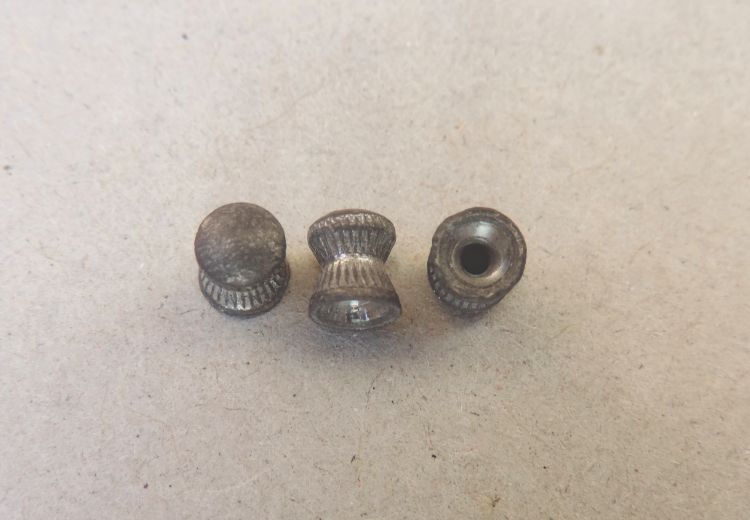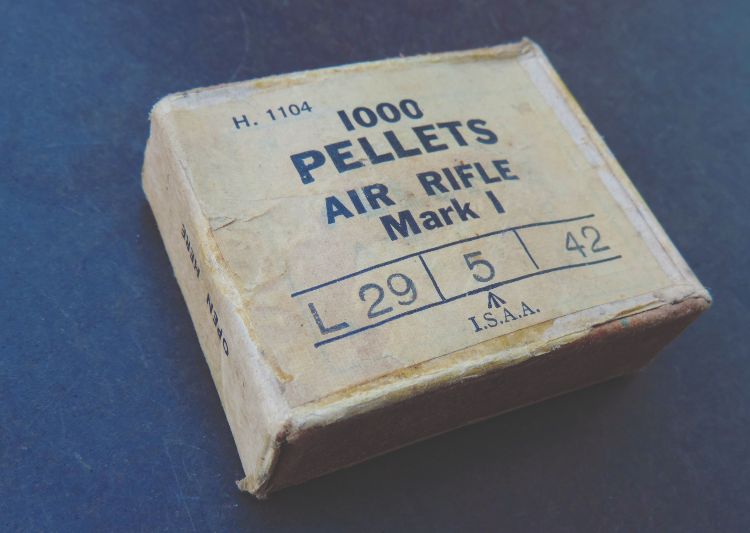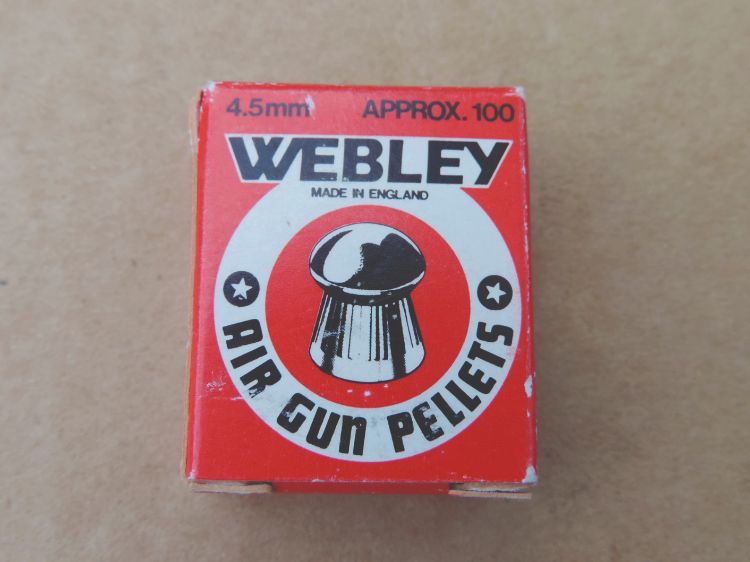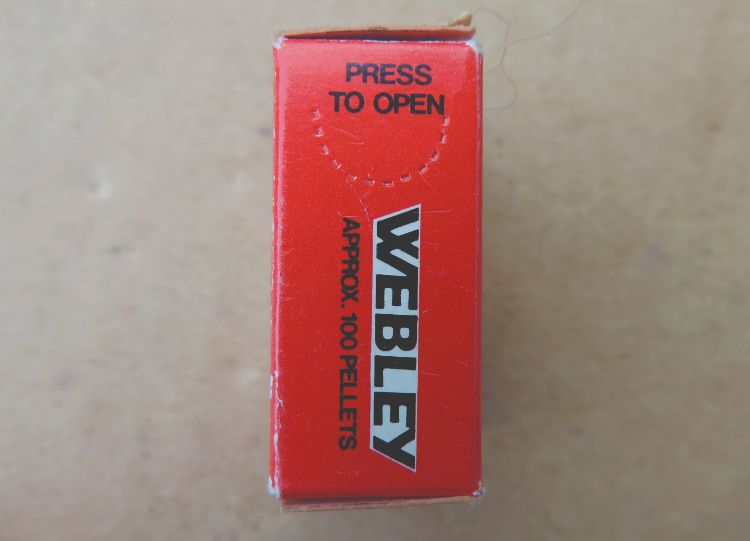John Milewski explains the ins and outs of collecting vintage pellets, from deciphering codes to identifying wartime pellets.
Collecting ephemera associated with older airguns can be as satisfying as the guns themselves for many collectors, and I have been known to pay in the hundreds for an elusive pellet box. That might sound crazy, but stamp collectors do the same, and besides, that rare box might never be offered for sale to me again – or next time, it could be even more expensive, or in not quite as good a condition.
I intend to take a closer look at a number of vintage and classic pellet tins and boxes in this occasional series, due to the interest they attract, which is reflected in some rather robust prices at times. So, what is the attraction of a manky old box? For some, that dog-eared box of pellets matches an airgun in the collection because the pellet brand was recommended by the manufacturer and both display well together. This is especially true of boxed pistol sets. Others might have a nostalgic view of the pellets bought with hard-earned pocket money many decades previously, and others still might decide to display a collection of pellets because it takes up less space than the airguns themselves. Indeed, many old pellet tins and boxes are incredibly attractive from a graphic perspective, as we shall see as the series continues.
In my collection, I have a couple of sample tins of H&N FTT and Baracuda Match pellets, which would originally have been given away in some long forgotten promotion. I find the tins ideal for storing 100 pellets for a shooting session on a club night because they take up little space. They often attract a lot of interest from others, too.
 WARTIME PELLETS
WARTIME PELLETS
The first pellets we’ll look at date from the Second World War. I have seen 1941 and 1942 dated examples and it has been suggested that the pellets were intended for use with the BSA Military Pattern or Webley Mark 1 rifles on the basis that they are military issue. However, the 41 or 42 code relates to the year (1941/1942) and by this time, both rifles had been discontinued.
At a time when pellets were in short supply to the general public, these were intended for use by the military in all likelihood for marksmanship training of Home Guard or cadet units. The base is plain and simply consists of the end of the wrap-around label stuck down.
 DECIPHERING CODES
DECIPHERING CODES
H.1104 at top left is the label identification code. The H prefix denotes the ammunition was intended for land service. One example of this box I examined had one label stuck over another and the label underneath revealed a Mark I pellet box with an N code in place of H.1104 and no numerical suffix. The N suggests the box was intended for naval use.
The Broad arrow mark tells us the item belonged to the War Department and was therefore Government Property when issued. ISSA signifies that the pattern of the box and its contents had the approval of the Inspectorate of Small Arms Ammunition. This was later changed to Inspectorate of Small Arms and Ammunition after WW2, when ISA based at Enfield merged with the ISSA, and small arms also came under the Inspectorate’s remit in addition to ammunition.
‘42’ is the year of manufacture, but it is unclear what the L29 denotes, nor the 5. It could be a batch or ‘Lot’ reference and the ‘5’ might denote the month of manufacture. Perhaps a knowledgeable reader can answer this question. Another similar box is known to me, which is stamped L8 1 41.
 WEBLEY AIRGUN PELLETS
WEBLEY AIRGUN PELLETS
The second box to be featured this month is a scarce Webley item. Webley never made their own pellets, but had specialist makers such as Lanes, Eley and Milbro make pellets to their specifications. The Webley Special pellet was offered from 1924, with the introduction of the Mark 1 pistol, until the end of the 1980s. In 1989, Webley discontinued the Special name and rebranded their standard pellets as simply Webley Airguns Waisted Pellets.
Again, in 1989, small card boxes of 100 Webley Air Gun Pellets in .177 calibre were supplied in small numbers. Dennis Hiller offered two such boxes through his popular collectors’ mailing lists during 1989/90 and explained that the boxes were intended as samples for export. Unusually, the red boxes had a serrated tab on their left side, which could be pressed to open a small flap in order to dispense pellets, presumably one at a time.
 FINALLY!
FINALLY!
These boxes of Webley pellets are very scarce today, and I only know of the two which Dennis advertised and another illustrated in Chris Thrale’s Webley Air Rifles book. The box illustrated was originally obtained from Dennis Hiller and it took me 25 years to prise it away from the collector who beat me to it in 1990.
Vintage pellets might be found at your local gun shop. Just ask if they have some new old stock and you could find something interesting. Specialist auction sites and arms fairs are another good source, as may be club mates. I even sourced an empty tin of Beatall pellets from my future wife when we first met after I’d seen it in her sewing kit!